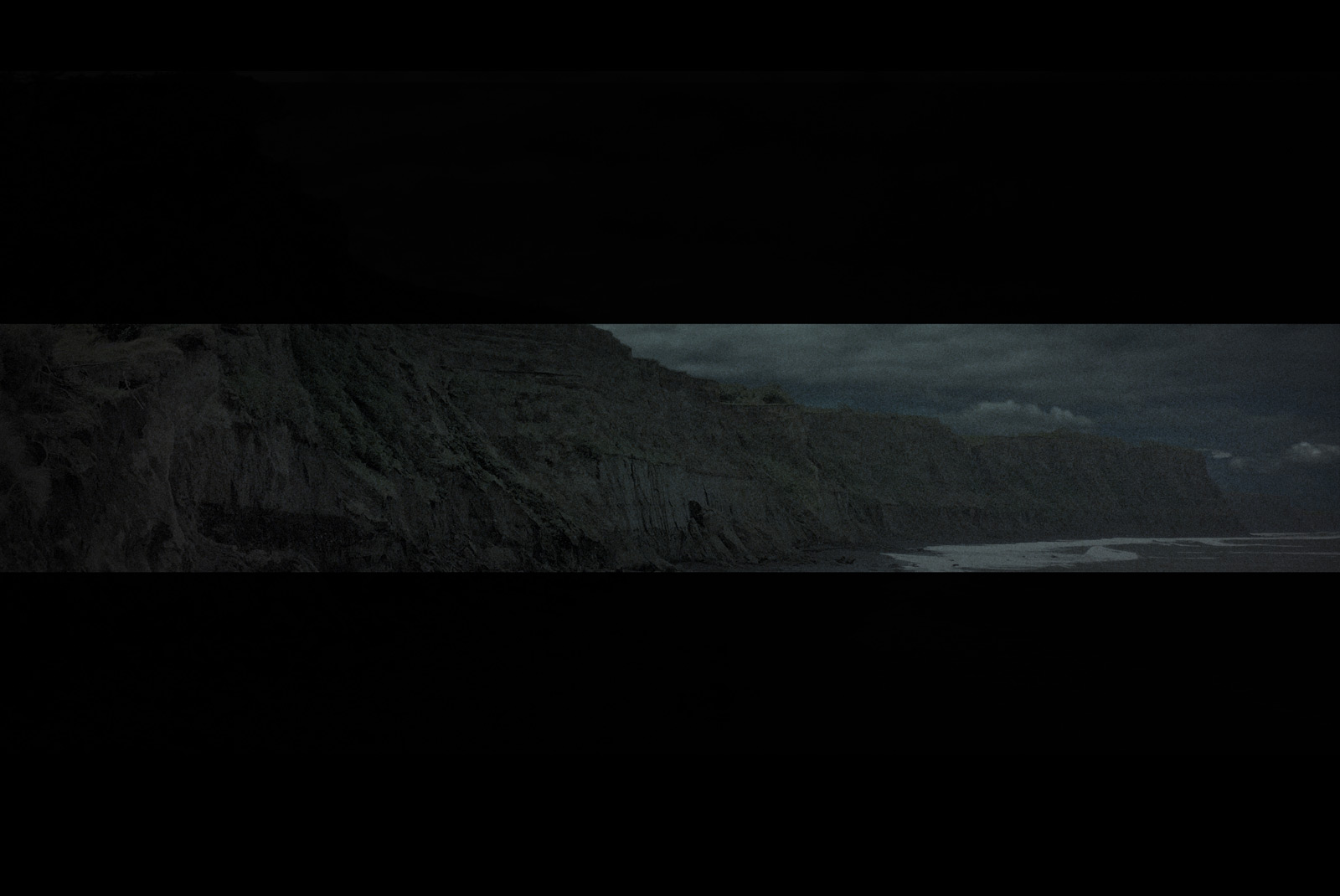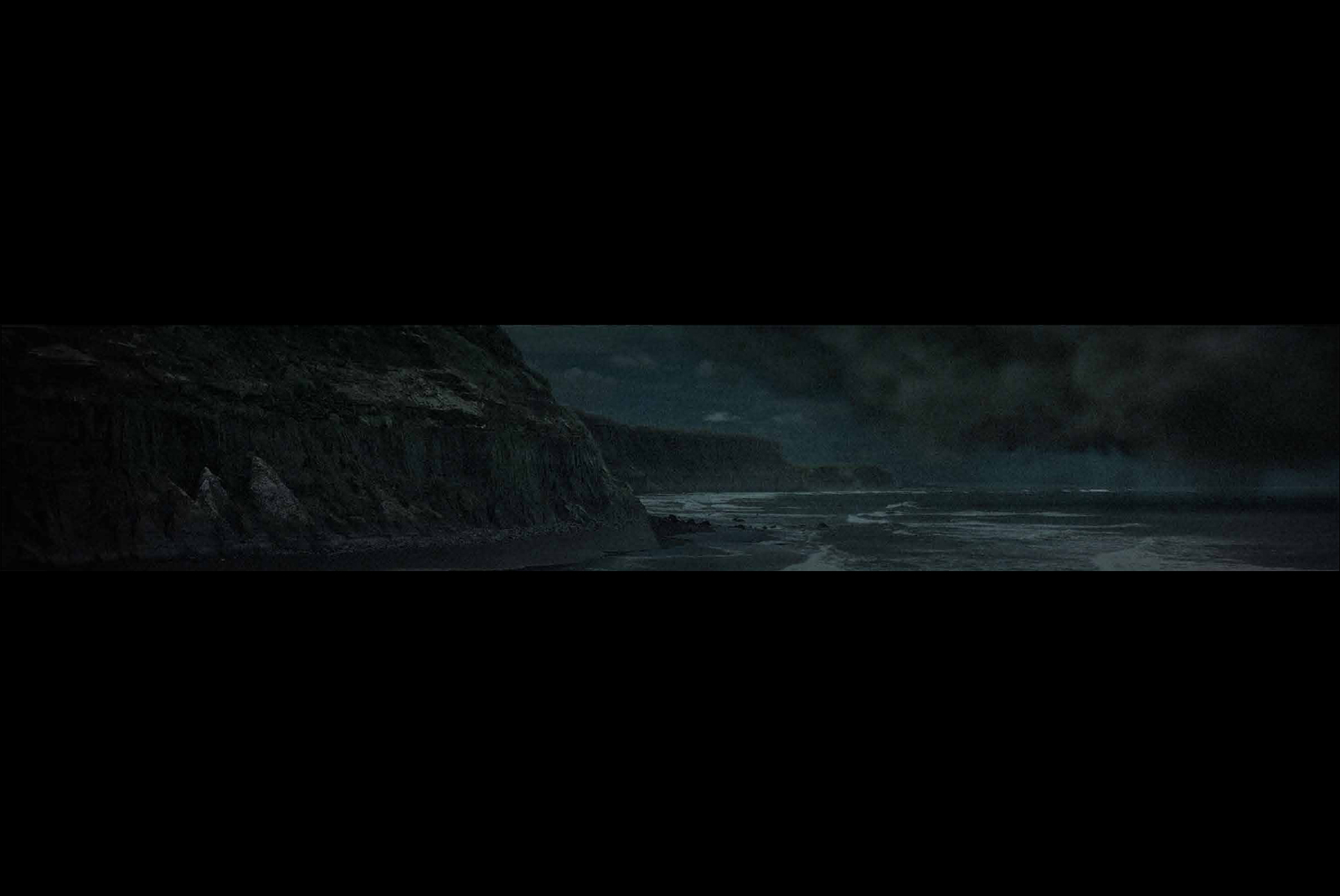Ohawe
Tai Moana Tai Tangata
Ka pari te Tai Moana
Ka timu te Tai Tangata
When the Ocean tide rises, the Human tide recedes.
Pākia e te hau, karawhiua e te ua; e kore rawa rā e hemo, e mate. Ko te matua tangata whenua te takatū nei ki te haumaru kāinga, ki te tiaki i te pārekereke mō te tangata. Hapainga te whatukura o te waka o Aotea, te kāhu kōrako i hōkai i te nukuroa kia rangona tonutia tōna manawa whētukituki. Tuki, tuki, ka toa te taiaha tupua–ngā tai e rīwaru. (Te Ingo Ngaia)
The Waingongoro River and river mouth settlement of Ohawe marked the southern boundary maintained by Taranaki iwi after the first phase of the New Zealand Wars (1860–1865).
In 1868, Rīwha Tītokowaru rose to defend the territory between the Waingongoro and Waitōtara rivers from encroaching settlement. His resistance provoked the full force of the British Imperial Army who drove Māori from that area causing many of them to seek refuge at the recently established community of Parihaka.
While in residence in Taranaki Graham visited Ohawe. His great-grandfather Te Ngarue, or John Joseph Graham, was buried in an urupā on a cliff near the mouth of the Waingongoro River. The cliff has since collapsed into the ocean.
Today, the black sands of Te Uru are mined at the Waikato River mouth and piped to a steel mill near Graham's home in Waiuku, and this view of Ohawe honours the stand taken by Ngāti Ruanui and other Taranaki iwi against offshore iron ore mining. (Anna-Marie White)
(Extracted from Tai Moana Tai Tangata's exhibition catalogue; also read essays about the event)
Join the virtual tour
Get the catalogue
2020
Single channel digital animation synthesised from offshore aerial drone footage; 4k enhanced projection
Animation: Ken Gorrie, Sarah Dolby and Mark McQuillan, Animation Research Ltd.
Soundtrack: Daniel Campbell-Macdonald
Drone footage: John from Skylens and Ed Aish from Mad Media
Special thanks to lan Taylor of Animation Research
- previous work
- /
- next work
- (Tai Moana Tai Tangata)

Ohawe
2020, single channel digital animation synthesised from offshore aerial drone footage; 4k enhanced projection, 4mins 30sec

Ohawe
2020, single channel digital animation synthesised from offshore aerial drone footage; 4k enhanced projection, 4mins 30sec

Ohawe
2020, single channel digital animation synthesised from offshore aerial drone footage; 4k enhanced projection, 4mins 30sec

Ohawe
2020, single channel digital animation synthesised from offshore aerial drone footage; 4k enhanced projection, 4mins 30sec